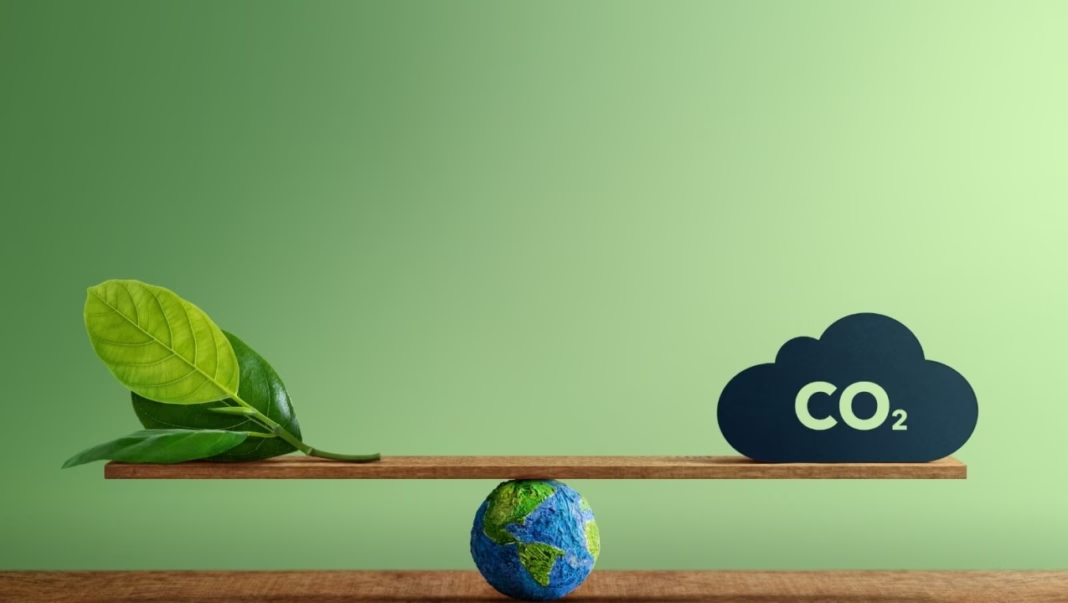COP29 showcased both progress and persistent challenges in global climate negotiations. While the enhanced financial commitments, adoption of global carbon standards, and coal phase-out pledge represent significant steps forward, gaps remain in achieving the overarching goals of the Paris Agreement. The First Global Stocktake highlighted the urgency for stronger action, especially in revising NDCs and securing sufficient funding for vulnerable countries.

1. Enhanced Climate Finance Commitments
A landmark agreement on climate finance was reached during COP29, where developed countries pledged to provide $300 billion annually by 2035 to help developing nations combat climate change. While this falls short of the initially proposed range of $1 trillion to $1.3 trillion, it represents a step forward in mobilizing financial resources for vulnerable countries. The funding aims to bolster efforts in mitigation, adaptation, and loss and damage recovery, ensuring that at-risk nations have the tools to respond effectively to climate-related challenges.
However, representatives from developing nations criticized the commitment as insufficient, given the growing costs associated with climate adaptation and disaster recovery. This highlights a persistent gap between the financial needs of these nations and the support provided by wealthier countries. The progress achieved underscores the need for continuous dialogue to address these disparities and ramp up climate financing in the coming years.
2. Adoption of Global Carbon Credit Standards
A significant milestone achieved at COP29 was the adoption of a universal standard for carbon credits, laying the groundwork for a transparent and credible global carbon market. The initiative aims to regulate and enhance the quality of carbon offsets traded internationally. With these standards, projects that generate carbon credits—such as reforestation, renewable energy, or methane capture—will need to meet strict criteria to ensure their impact on greenhouse gas reduction is real, measurable, and permanent.
This move addresses long-standing concerns about the legitimacy of carbon credits, as critics have often cited a lack of consistency in verification processes. By introducing these standards, COP29 has paved the way for the creation of a UN-backed global carbon trading system that could attract more investments in emission-reduction projects. This market mechanism is expected to play a crucial role in achieving net-zero emissions globally while providing developing countries with additional funding streams.
3. Pledge to Phase Out New Coal Plants
In a push to transition away from fossil fuels, 25 nations, including Australia, Canada, Germany, and the UK, committed to halting the construction of new coal-fired power plants unless they are equipped with carbon capture and storage (CCS) technologies. This initiative seeks to accelerate the global shift to renewable energy sources and significantly reduce greenhouse gas emissions linked to coal combustion.
The pledge aligns with the global goal to limit temperature rise to 1.5°C above pre-industrial levels, as outlined in the Paris Agreement. However, implementation challenges remain, especially for countries heavily reliant on coal for energy and economic stability. Critics have called for clearer timelines and enforcement mechanisms to ensure accountability. Nonetheless, the commitment marks a significant step toward reducing the world’s dependency on one of the most carbon-intensive energy sources.
4. Progress on New Quantified Climate Finance Goal (NCQG)
COP29 featured extensive discussions on a New Quantified Climate Finance Goal (NCQG), intended to replace the $100 billion annual commitment made in 2009, which has consistently fallen short of delivery. The NCQG, set to take effect in 2025, aims to significantly increase financial contributions from developed nations to address the growing climate finance needs of developing countries.
Key areas of focus include defining the scale and mechanisms for the new goal and ensuring that funds are equitably distributed between mitigation and adaptation efforts. The discussions highlighted the urgency of directing more resources toward adaptation, given the escalating impacts of climate change. Negotiations on the NCQG remain ongoing, with countries working to finalize the framework and targets ahead of the next conference.
5. First Global Stocktake and Strengthening Nationally Determined Contributions (NDCs)
One of the cornerstone achievements of COP29 was the completion of the First Global Stocktake (GST) under the Paris Agreement. This comprehensive assessment reviewed global progress toward limiting warming to 1.5°C. The findings revealed that even if all current commitments are met, global temperatures could rise by 2.4°C to 2.7°C by the end of the century, far exceeding the Paris targets.
In response, countries were urged to enhance their Nationally Determined Contributions (NDCs) for the 2025–2035 period, aiming for more ambitious emission reduction targets. COP29 also emphasized the need for sectoral strategies, such as decarbonizing energy, transportation, and agriculture, to achieve these goals. This outcome serves as a wake-up call for nations to accelerate their climate action plans and align their policies with the science-backed goal of limiting global warming.







